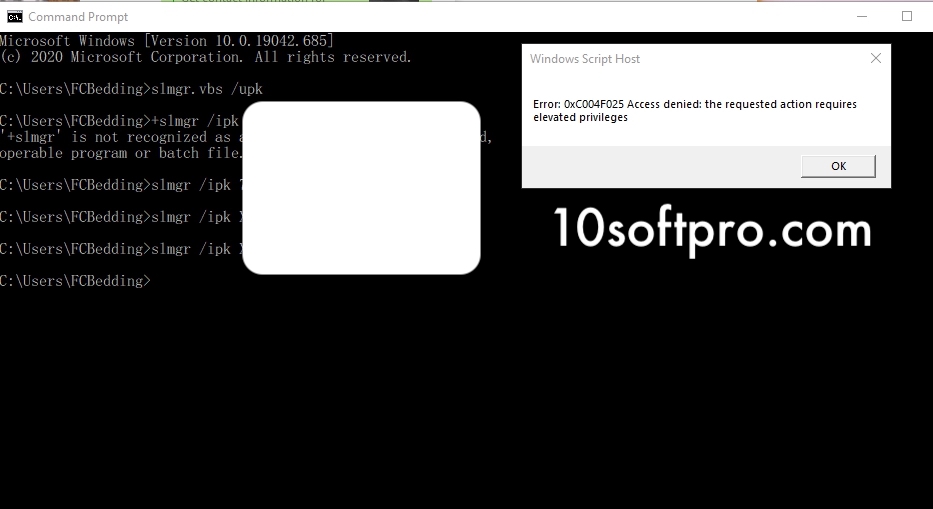



The command to clear and reset the TCP/IP stack (on Windows XP, 7, 8 and 10) is: netsh int ip reset c:\resetlog.txt Luckily Microsoft also implemented a way to reset the TCP/IP stack back to defaults which can clear up a variety of issues. This is because Microsoft Windows stores most network information including the TCP/IP stack details in the registry and there are lots of ways for third party applications to modify this information. In Windows, there are lots of things that could screw up a systems TCP/IP stack and lead to connectivity issues. Resetting the TCP/IP stack can be a useful way to clear any issues that might be preventing your computer from accessing the Internet or network.


 0 kommentar(er)
0 kommentar(er)
